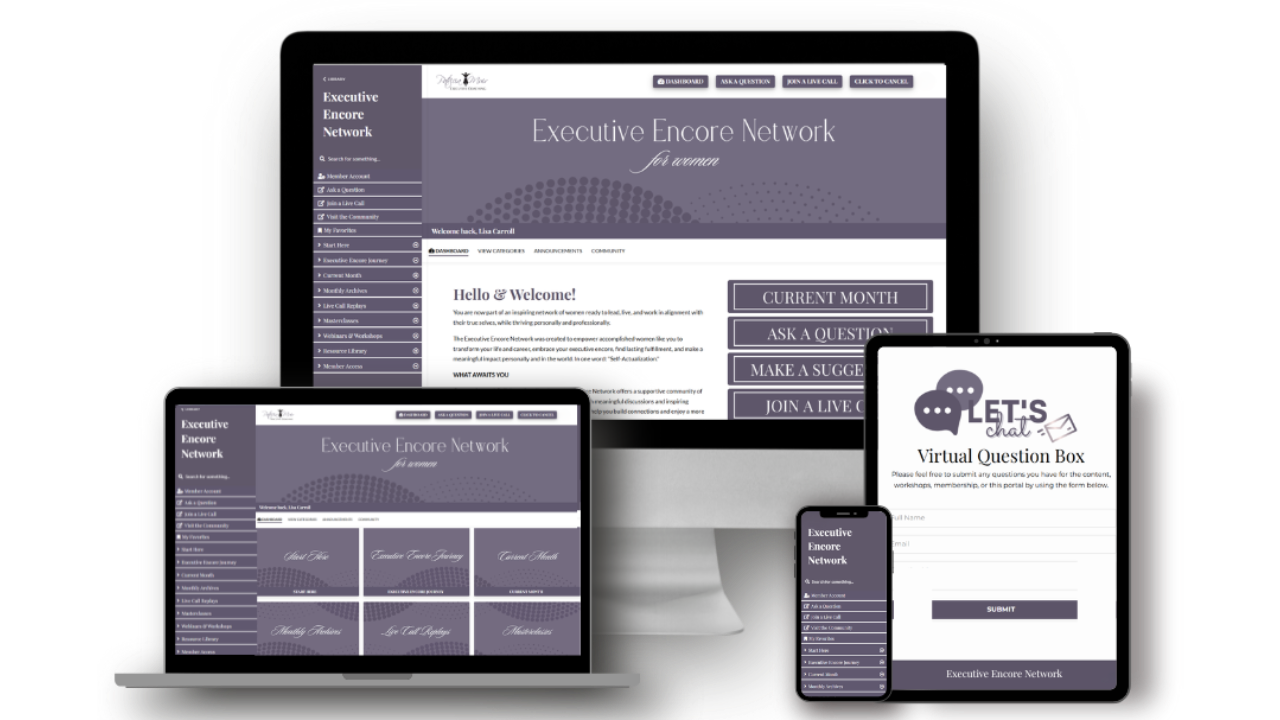
Lopsided leadership - Goldilocks leadership
Aug 26, 2020In our discussion of strengths throughout the "Lopsided Leadership" series, we emphasized that too much dependence on a strength can backfire. Too much strategic thinking leads to not enough attention to operational details. Too much dominance and hard-driving encouragement lead to not enough listening and empathy toward individuals.
How can leaders manage people by using their strengths “just right” without overextending to the point where strengths become liabilities? How do leaders take full advantage of their natural talents without going too far?
Throughout this series on lopsided leadership, we have referred to the book by Robert B. Kaiser and Robert E. Kaplan, Fear Your Strengths: What You Are Best at Could Be Your Biggest Problem (Berrett-Koehler Publishers, 2013). In this book, Kaiser and Kaplan offer some good suggestions.
The first step is to acknowledge where you overuse your strengths. Start with a review of the ratings on your most recent 360-degree feedback report to determine the opportunity for improving peak performance. Ask your co-workers:
- What should I do more?
- What should I do less?
- What should I continue doing?
Ask yourself whether you privately pride yourself on being superior to other leaders in any way. This is precisely the attribute you’re at risk of overdoing. Take a look at its polar opposite. Explore this with your coach and how you can experiment with new behaviours that have been underused.
Fine-tuning your strengths is an art that requires a blend of self-awareness and situational awareness.
- Self-awareness allows you to handle challenges by responding appropriately rather than reactively. When you know what your default tendencies are, you can pause and mindfully choose a response instead of acting out of habit.
- Situational awareness helps you regulate the “volume controls” of your strengths with regard to audience and context.
Assessments that are invaluable for measuring your current self-awareness and situational awareness include the EQi, EQ360, and Emerson 3D Management Style Profile. The latter, in particular, focuses on situational awareness.
To suggest that everyone can become fully balanced is unrealistic. The Leadership Versatility Index (LVI) research finds only 5% of executives get it right on forceful versus enabling leadership, as well as strategic versus operational leadership.
Most managers lean one way or another. This lopsidedness hurts your personal and team effectiveness. Sound leadership depends on learning how to stop overdoing a given attribute and underdoing its polar opposite.
Of course, to shift your preferred mindset is challenging, but you can successfully conquer this goal effectively and efficiently with help from your coach.
This concludes our series on lopsided leadership. However, we would love to continue to hear your thoughts on this topic and begin the conversation about the value we can bring to your organization.
- Do these ideas resonate with you?
- What have you observed as the leaders in your organization have matured?
- Can you spot lopsided leadership in your organization?
We help leaders to be effective by recognizing and utilizing their competencies while adapting their behaviour in situations that require a different approach. Our clients become aware of their particular way-of-leading by participating in various assessments: Emotional Intelligence, Emergenetics, and the Emerson Suite 3D Personal Profile for leadership and management effectiveness.
Stay tuned for our next leadership series on the art of positive emotions in the workplace.
Contact Patricia Muir at [email protected], at 416-804-4383, on LinkedIn, Maestro’s Facebook, Twitter.

Next Steps
You don’t need to navigate your Executive Encore alone. Discover a better way to take charge of your experience.
- Schedule a 30-Minute Complimentary Executive Encore Call.
Ready to elevate your encore chapter?
- Join the Executive Encore Network for Women, a membership and community of supportive women ready to inspire and uplift. Subscribe to the Sunday Encore to begin your Executive Encore Journey and register for the next Tour to learn more.


